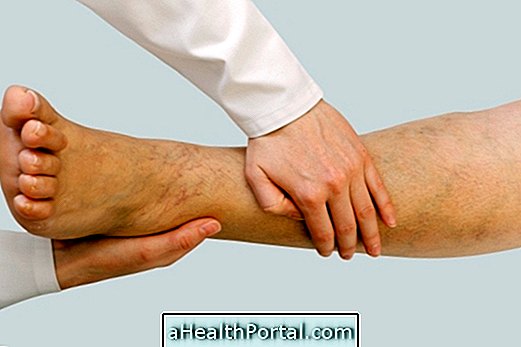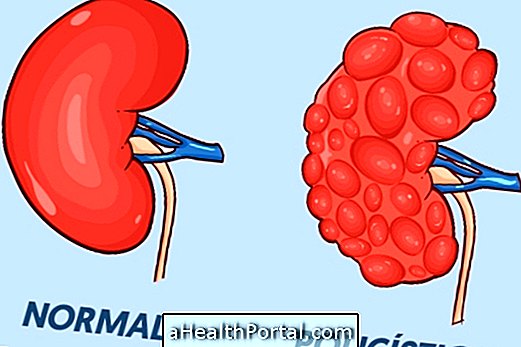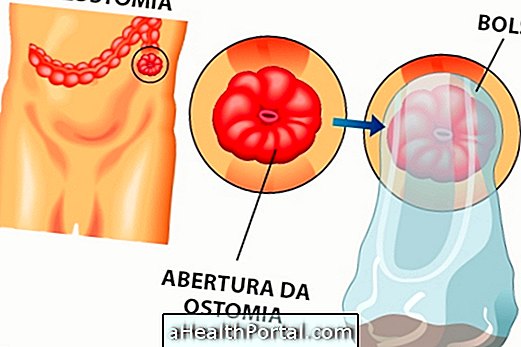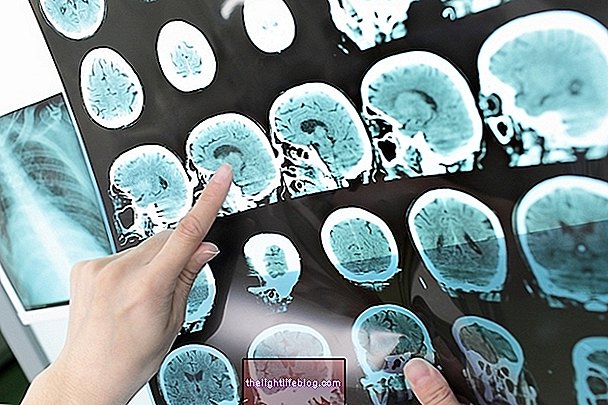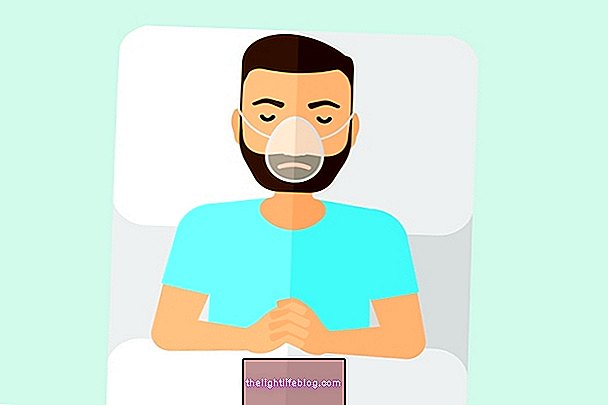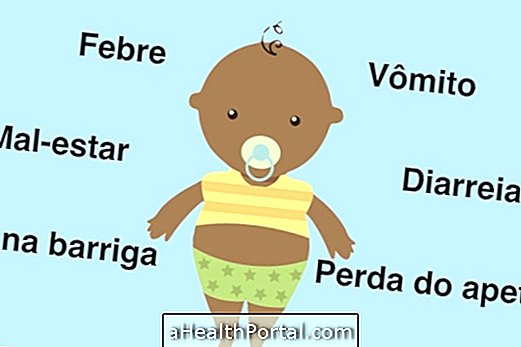Cerebral thrombosis is a type of stroke that occurs when a blood clot clogs one of the arteries in the brain and can lead to death or serious sequelae such as speech difficulties, blindness, or paralysis.
Generally, cerebral thrombosis is more common in the elderly or people with high blood pressure or atherosclerosis, for example, but it can also happen in women who regularly take contraception. The symptoms that help identify cerebral thrombosis are:
- Tingling or paralysis on one side of the body;
- Crooked mouth;
- Difficulty speaking;
- Vision changes;
- Severe headache;
- Dizziness and loss of balance.
When this type of symptoms is identified, it is advisable to call an ambulance immediately, calling 192, immediately to the emergency room. During this time, if the person faints and stops breathing, the cardiac massage should be started.
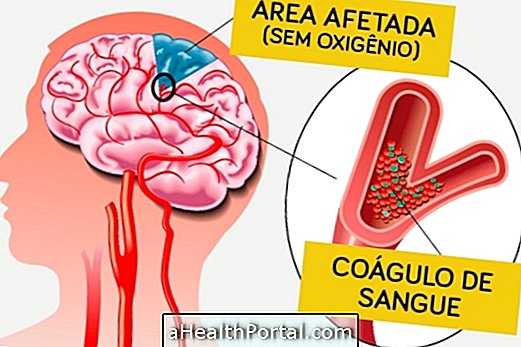
Cerebral thrombosis is curable, especially when treatment is started within the first 45 minutes after onset of symptoms, but the risk of sequelae depends on the affected region and size of the clot.
Learn all the steps you should take in case of cerebral thrombosis.
How is the treatment done?
Treatment for cerebral thrombosis should be started as soon as possible in the hospital as it is necessary to take anticoagulant injections directly into the vein to dissolve the clot that is clogging the artery in the brain.
After treatment, it is advisable to be hospitalized between 4 to 7 days for constant observation of the state of health, because during this period, there is a greater chance of suffering internal bleeding or having a cerebral thrombosis again.
What are the main sequels
Depending on how long the cerebral thrombosis has lasted, sequelae can develop due to injuries caused by lack of oxygen in the blood. The sequelae can include several problems, from speech problems to paralysis, and their severity depends on how long the brain has run out of oxygen.
To treat the sequelae, the doctor can advise physical therapy or speech therapy appointments, for example, as they help to recover some of the skills that have been lost.
Here's a list of the most common sequels and how recovery is done.
Who is at increased risk of thrombosis
Cerebral thrombosis can occur in any healthy person, however, it is more common in people with:
- High blood pressure or diabetes;
- Obesity or excess weight;
- High levels of cholesterol in the blood;
- Excessive intake of alcoholic beverages;
- Heart problems, such as cardiomyopathy or pericarditis.
In addition, the risk of cerebral thrombosis is also higher in women who take pill or contraceptive patients with untreated diabetes and family history of heart disease or stroke.
